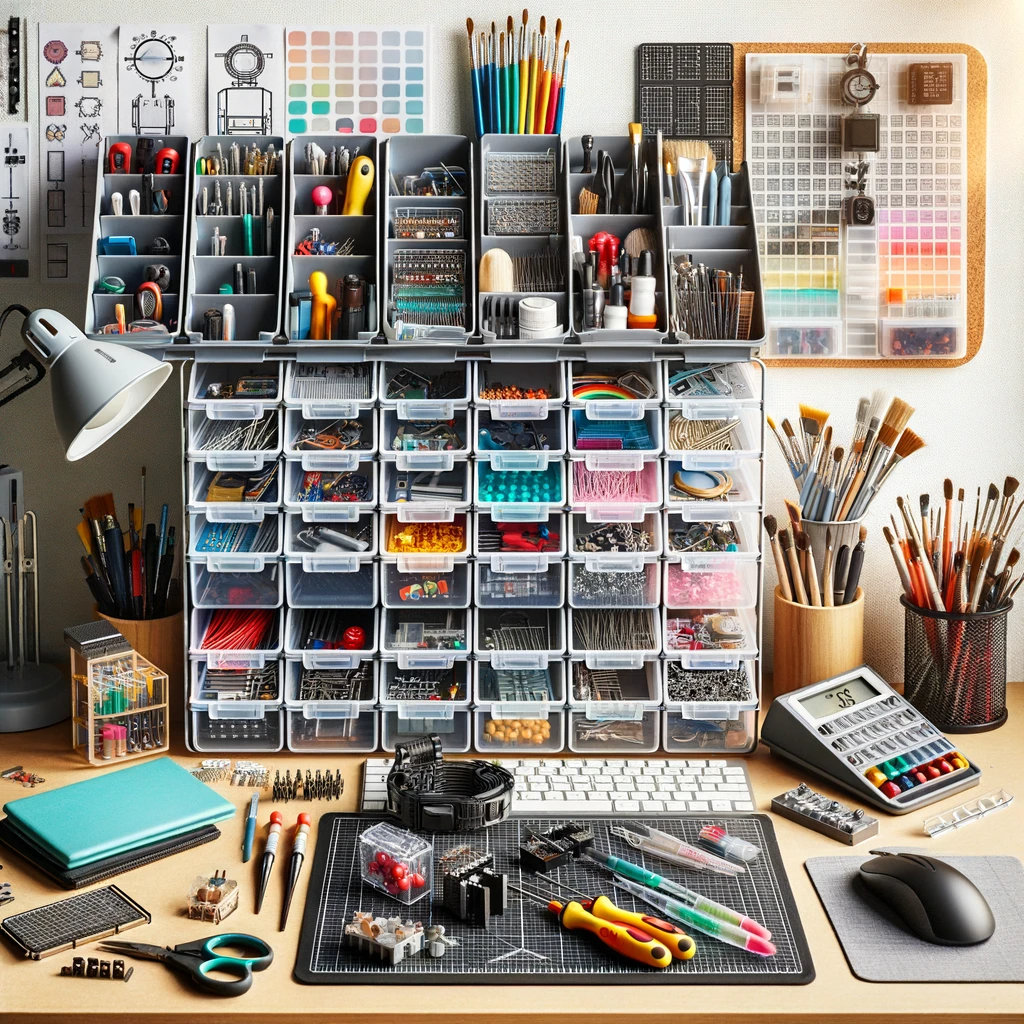Fusion 360 offers a comprehensive suite of tools for 3D modeling, making it an indispensable resource for those involved in 3D printing. One of the software’s capabilities is the insertion of images onto models, a feature that enhances the customization and detailing of prints. This guide will walk you through the process of adding an image to your model in Fusion 360, providing a straightforward method to elevate your 3D printing projects.
Opening Your Project
Initiate the process by launching Fusion 360 and opening your project file. Ensure you are in the appropriate workspace that corresponds to your modeling needs, as this setup is crucial for the steps that follow.
Inserting an Attached Canvas
- Access the “Insert” menu found on the toolbar at the top of the screen.
- Choose “Attached Canvas” from the dropdown. A dialog box will appear, prompting you to select the face of the model where the image will be placed. This step is critical as it determines the positioning of your image on the model.
Selecting Your Image
- In the dialog box, click “Select Image” to browse your computer for the desired image file. This image can be a logo, a texture, or any graphic that suits your project’s requirements.
- Once selected, the image will be attached to the chosen face of the model.
Adjusting the Image
- Fusion 360 allows for precise adjustments to the image’s placement and size. Utilize the scaling, rotating, and moving tools to align the image according to your specifications.
- Adjustments can be made by interacting with the handles that appear around the image or by entering specific values for a more precise placement.
Finalizing and Preparing for 3D Printing
- Confirm the adjustments by clicking “OK.” Your model will now include the image, ready to be incorporated into your 3D printing process.


